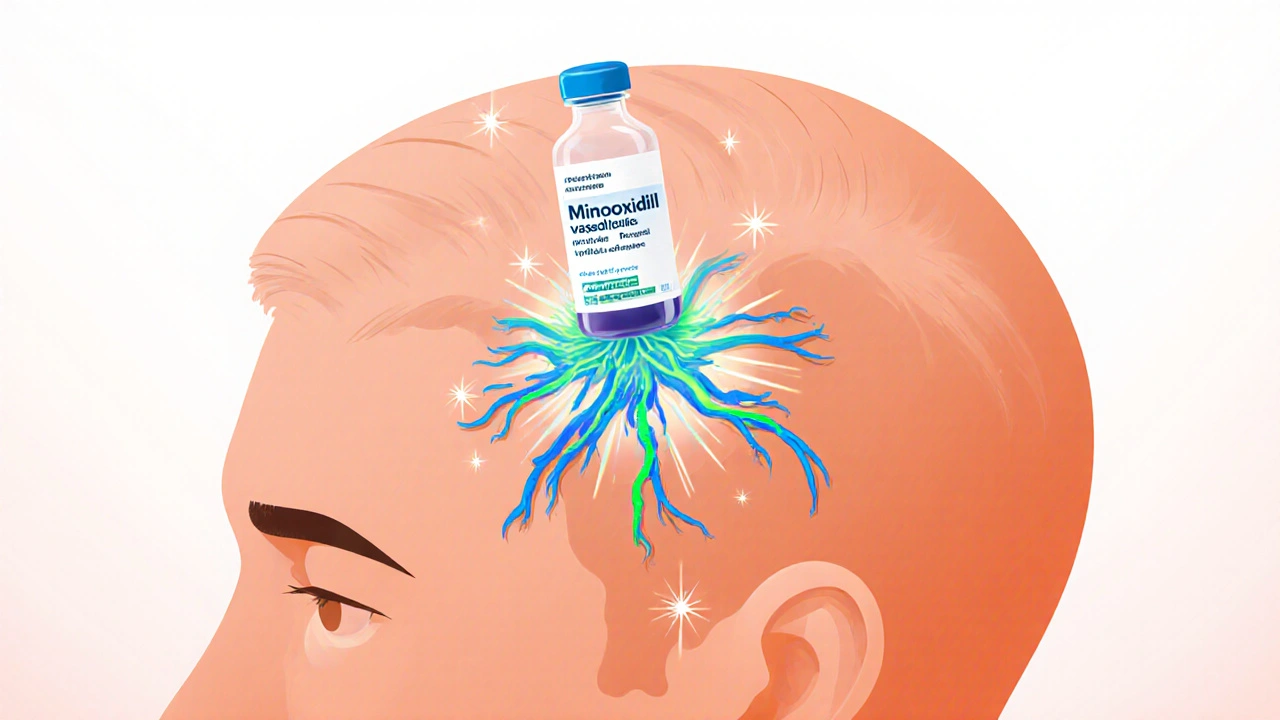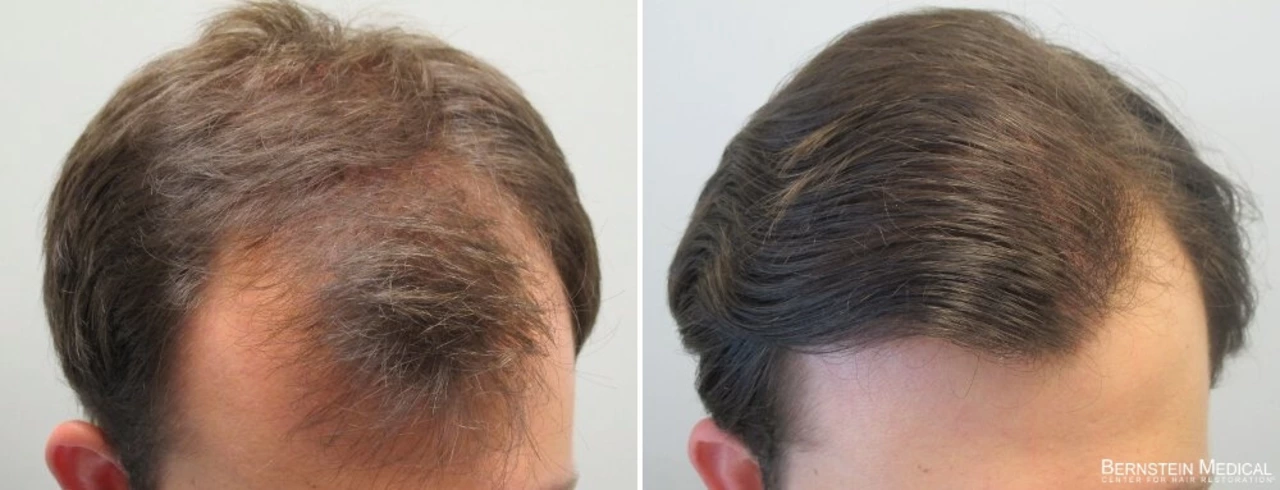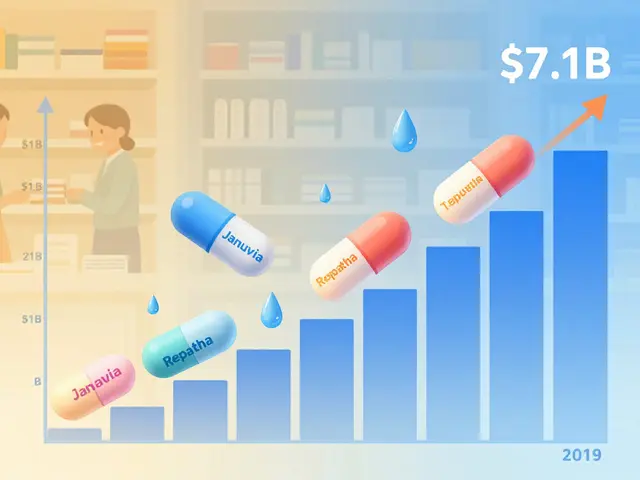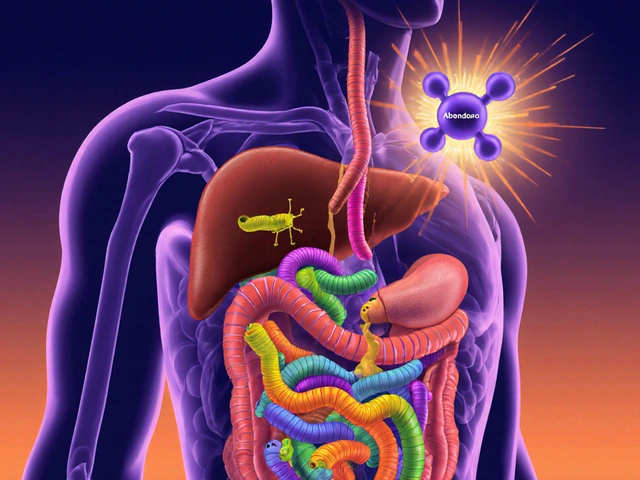Exploring Alternatives to Inderal: A Practical Guide
March 21 2025Finasteride: What It Does, How to Use It, and Safety Tips
Want to slow hair loss fast? Finasteride is one of the few pills proven to slow male pattern hair loss for many men. In clinical trials, about 80% of men on 1 mg finasteride stopped losing hair and many saw some regrowth within a year. This page explains how finasteride works, what to expect, and how to use it safely—especially if you buy online.
How finasteride works and what to expect
Finasteride blocks the 5-alpha-reductase enzyme that turns testosterone into DHT, the hormone that shrinks hair follicles. For hair loss the usual dose is 1 mg once daily. You’ll usually notice a change after 3 to 6 months; most of the benefit shows by month 12. Missing a single dose is not a crisis, but take it as soon as you remember. If you stop the pill, any gains fade over about 6 to 12 months.
It works best on the crown and mid-scalp and is less likely to rebuild a receding hairline. Combining finasteride with topical minoxidil often gives better results than either alone. Track progress with photos every 3 months so you can see subtle changes.
Safety, side effects, and buying tips
Finasteride is prescribed for adult men with androgenetic alopecia. It’s not for women or children. Pregnant women must avoid handling crushed tablets because of risk to a male fetus. Tell your doctor about other meds, liver problems, or a history of depression before starting.
Common side effects include lowered libido, erectile difficulty, and reduced ejaculate volume. These effects happen in a minority of users and often improve after stopping treatment. Some people report mood changes—if you feel depressed or notice significant sexual side effects, contact your prescriber quickly.
Before starting, many doctors check baseline prostate-specific antigen (PSA) and discuss risks. If you’re trying to conceive, mention that to your clinician.
If you choose to buy finasteride online, use licensed pharmacies that require a prescription. Look for verified seals, clear contact information, and patient reviews. Avoid sites that sell without a prescription or offer suspiciously low prices—quality and safety matter.
Not ready for finasteride? Try topical minoxidil, low-level laser devices, PRP injections, or hair transplant surgery. Saw palmetto and some supplements are popular but have weaker evidence.
Generic finasteride is widely available and usually much cheaper than brand-name Propecia; generics contain the same active drug. Pharmacy prices vary—expect generic prices to be low with a valid prescription, but check reviews and shipping times when ordering. Store tablets at room temperature away from moisture. If you experience persistent side effects, keep a symptom diary and bring it to your follow-up so your doctor can help decide next steps. Start small, track changes, and be consistent always.
 21 Oct
21 Oct
Minoxidil, Finasteride, and Diet: How Nutrition Impacts Hair Growth
Learn how Minoxidil, Finasteride, and diet work together to boost hair growth. Practical nutrition tips, meal plans, and monitoring help you get the most from your treatment.
Read More... 1 Jun
1 Jun
The Science Behind Minoxidilfinasteride: How It Works to Combat Hair Loss
As a blogger, I've recently been researching the science behind Minoxidilfinasteride and how it works to combat hair loss. From what I've gathered, Minoxidilfinasteride is a combination of two FDA-approved medications, Minoxidil and Finasteride, which work together to help regrow hair. Minoxidil works by increasing blood flow to the hair follicles, promoting growth, while Finasteride blocks the hormone DHT, which is responsible for hair loss. This powerful duo has been proven to be more effective than using either medication alone. I'm excited to share this information with my readers and help them better understand how Minoxidilfinasteride can be a game-changer in the battle against hair loss.
Read More...




